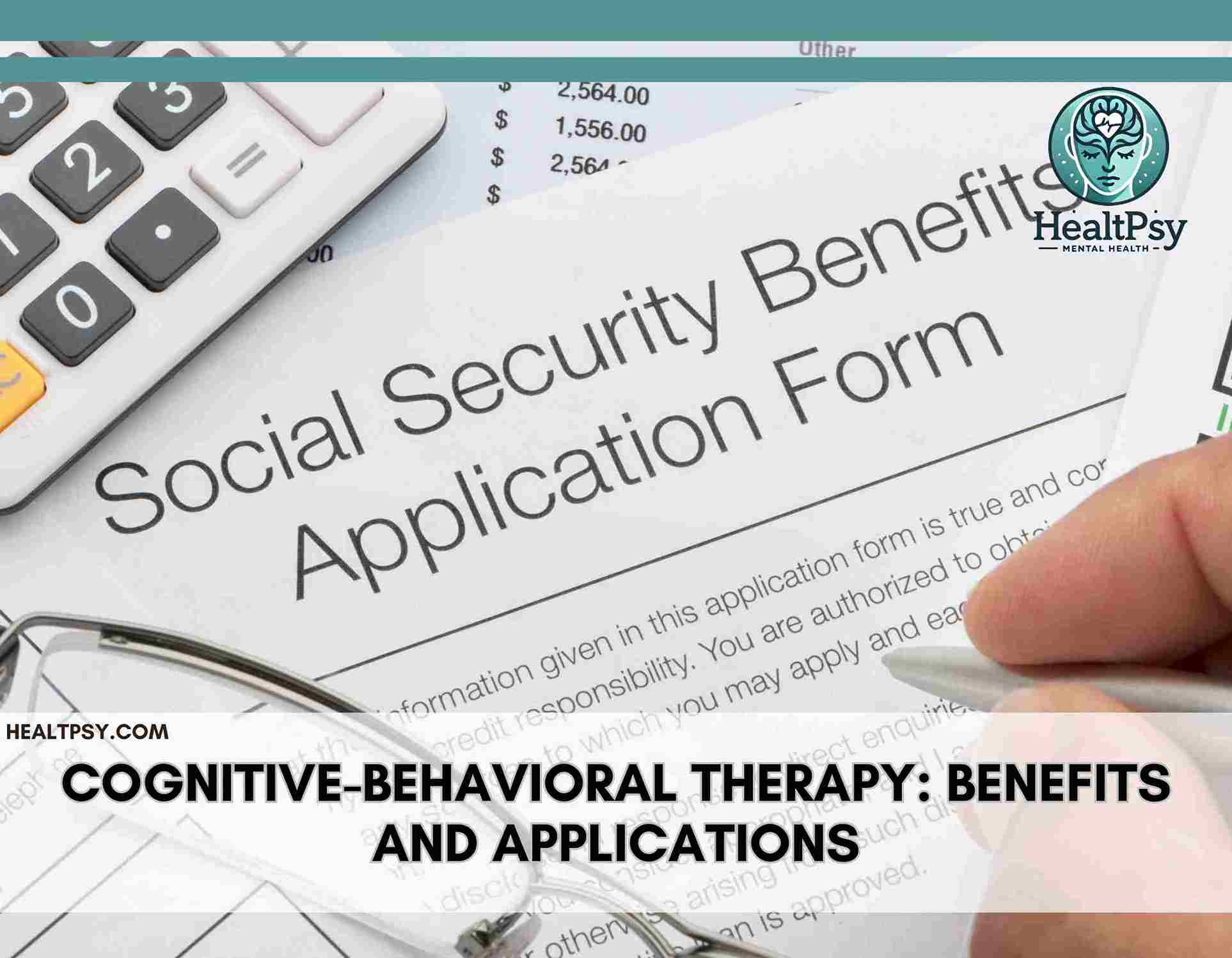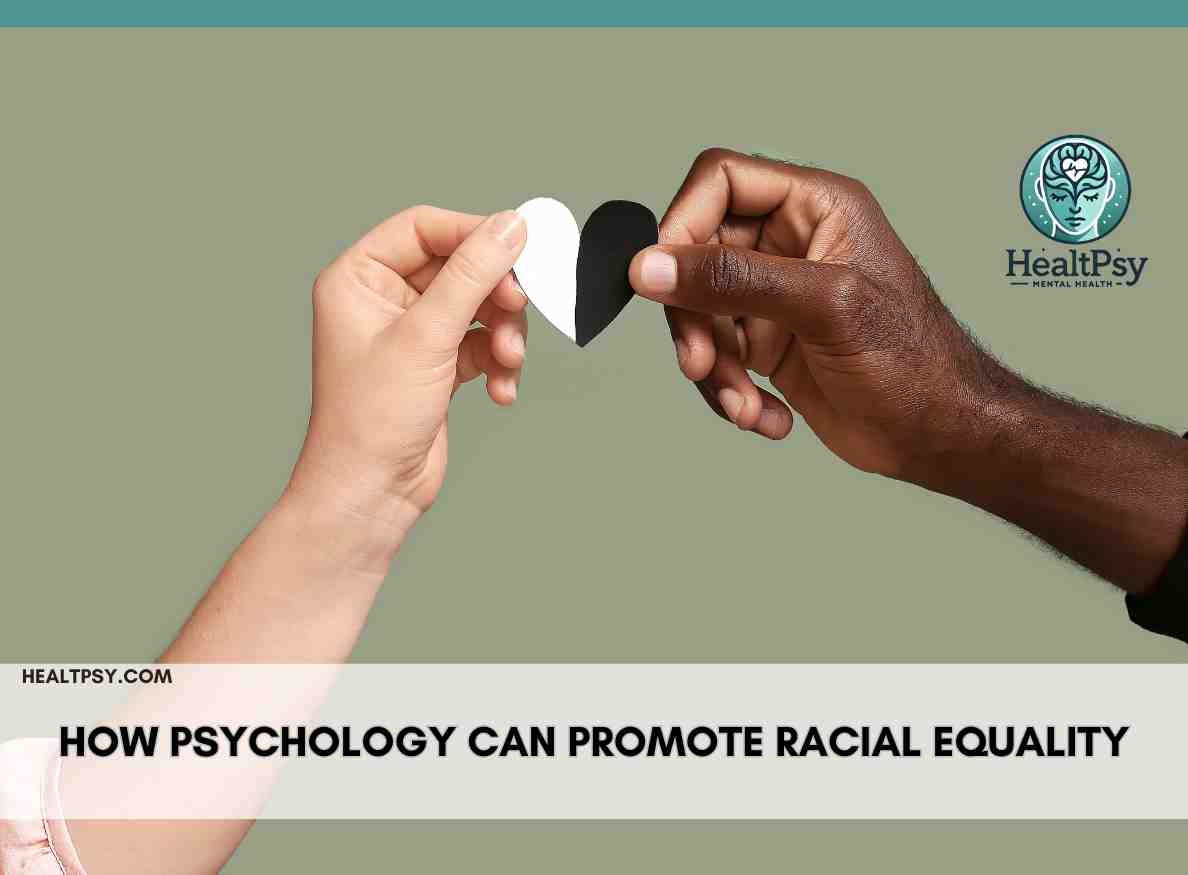5 Powerful Benefits of Psychotherapy and Pharmacological Treatment Compared
Introduction to Psychotherapy and Pharmacological Treatment
When it comes to treating mental health disorders such as depression, anxiety, PTSD, or bipolar disorder, two main approaches often come to mind: psychotherapy and pharmacological treatment. While both have proven effective, they differ significantly in terms of methodology, goals, side effects, and long-term outcomes.
Understanding the distinctions between these two treatments can help individuals, caregivers, and healthcare professionals make informed decisions. This article explores 5 powerful benefits of psychotherapy and pharmacological treatment, backed by research, clinical insights, and real-world examples.
What Is Psychotherapy?
Psychotherapy, often referred to as “talk therapy,” is a treatment method that involves regular sessions with a trained mental health professional to address emotional, cognitive, or behavioral issues. The goal is to help individuals understand their thoughts, develop coping skills, and change negative patterns.
Common Types of Psychotherapy:
- Cognitive Behavioral Therapy (CBT)
- Dialectical Behavior Therapy (DBT)
- Psychodynamic Therapy
- Humanistic Therapy
- Interpersonal Therapy (IPT)
Psychotherapy is usually conducted in one-on-one, group, or family settings and can range from a few sessions to long-term work depending on the condition and goals.
What Is Pharmacological Treatment?
Pharmacological treatment refers to the use of medications to manage mental health disorders. These medications are typically prescribed by psychiatrists or other licensed medical professionals and are aimed at correcting chemical imbalances in the brain.
Common Classes of Psychiatric Medications:
- Antidepressants (e.g., SSRIs, SNRIs)
- Anxiolytics (e.g., benzodiazepines, buspirone)
- Mood stabilizers (e.g., lithium, valproate)
- Antipsychotics (e.g., risperidone, olanzapine)
Pharmacological treatments can be short-term or long-term depending on the diagnosis and individual response to medication.
5 Powerful Benefits of Psychotherapy and Pharmacological Treatment
| Feature | Psychotherapy | Pharmacological Treatment |
|---|---|---|
| 1. Approach | Focuses on behavior, thoughts, emotions | Targets brain chemistry using medications |
| 2. Duration | Long-term, gradual improvement | Faster symptom relief, often short-term |
| 3. Side Effects | Minimal to none | Can include weight gain, fatigue, insomnia, etc. |
| 4. Skills Gained | Teaches coping mechanisms and self-awareness | May reduce symptoms but doesn’t teach skills |
| 5. Effectiveness | Best for long-term change and relapse prevention | Best for acute symptom control |
According to the American Psychological Association, combining psychotherapy with medication is often more effective than either treatment alone, especially in moderate to severe cases of depression.
When Is Psychotherapy and Pharmacological Treatment More Effective?
Psychotherapy and pharmacological treatment each have unique strengths. Psychotherapy is especially beneficial when:
- The individual prefers non-medication approaches
- The root causes are psychological or trauma-based
- The person wants to develop long-term coping strategies
- There’s a desire to address relationship or behavioral issues
It’s also ideal for individuals dealing with chronic stress, unresolved grief, interpersonal conflict, or self-esteem issues.
Real-Life Example:
Sarah, a 27-year-old dealing with anxiety, opts for CBT. Over 12 weeks, she learns to challenge distorted thoughts, reduce avoidance behaviors, and gradually builds confidence without medication.
When to Use Pharmacological and Psychotherapy Treatment Together
Pharmacological treatment is more suitable in situations such as:
- Severe depression with suicidal ideation
- Bipolar disorder requiring mood stabilization
- Psychotic disorders (e.g., schizophrenia)
- When psychotherapy alone has not yielded results
It provides faster relief for symptoms like insomnia, panic attacks, and overwhelming sadness, especially in the early stages.
Real-Life Example:
James, diagnosed with major depressive disorder, starts an SSRI under psychiatric supervision. Within 3 weeks, he experiences reduced fatigue and improved motivation, which allows him to begin psychotherapy and pharmacological treatment combined.
Can Psychotherapy and Pharmacological Treatment Be Used Together?
Absolutely. Many mental health professionals advocate a combined treatment plan—using medications for immediate relief and psychotherapy for long-term change.
A 2020 meta-analysis in The Lancet Psychiatry found that combined treatment significantly improved outcomes for patients with major depression and anxiety disorders compared to monotherapy.
Internal Resource: 5 Best Types of Psychological Therapy and How to Choose the Right One
Internal Resource: Symptoms and Management of Anxiety Disorders
External Resource: National Institute of Mental Health – Mental Health Medications
Pros and Cons of Psychotherapy and Pharmacological Treatment
Psychotherapy:
Pros:
- No medical side effects
- Develops self-awareness and emotional intelligence
- Builds long-term resilience
Cons:
- Slower to show results
- Requires time commitment and emotional effort
Pharmacological Treatment:
Pros:
- Quick symptom relief
- Crucial for severe or urgent symptoms
Cons:
- Possible side effects
- May not address underlying issues
Conclusion: Choosing Between Psychotherapy and Pharmacological Treatment
Choosing between psychotherapy and pharmacological treatment depends on various factors, including the severity of symptoms, personal preferences, lifestyle, and medical history. Psychotherapy helps build insight and lasting skills, while medications can stabilize symptoms and offer immediate relief.
For many, the most effective solution is a personalized combination of both approaches under the guidance of qualified professionals. Mental health is not one-size-fits-all, and understanding the strengths and limitations of each treatment is the first step toward healing.
you might also like





